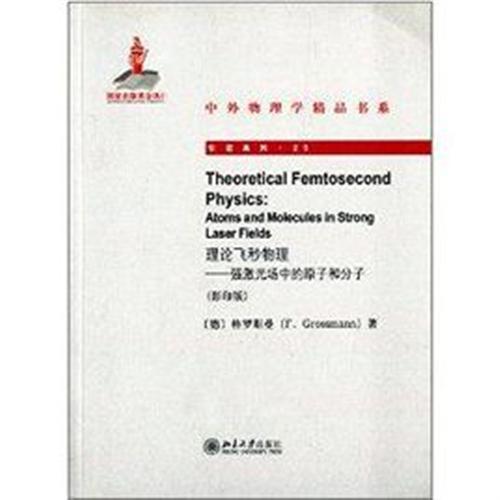理论飞秒物理:强激光场中的原子和分子 [2015-06-16] |
|
索书号 O4/Z698/v.25 Part Ⅰ Prerequisites |
首 页 >> 上架新书






